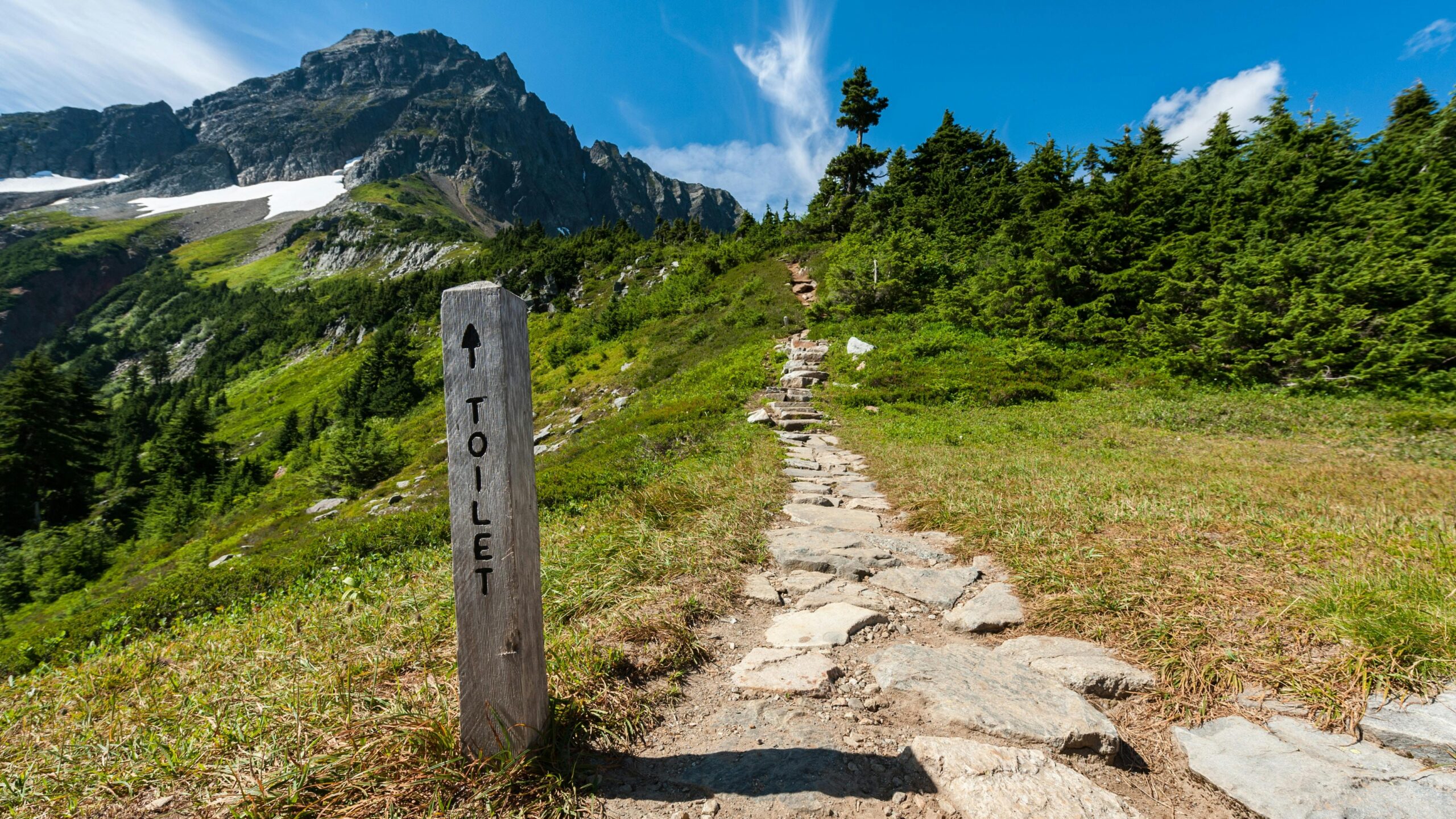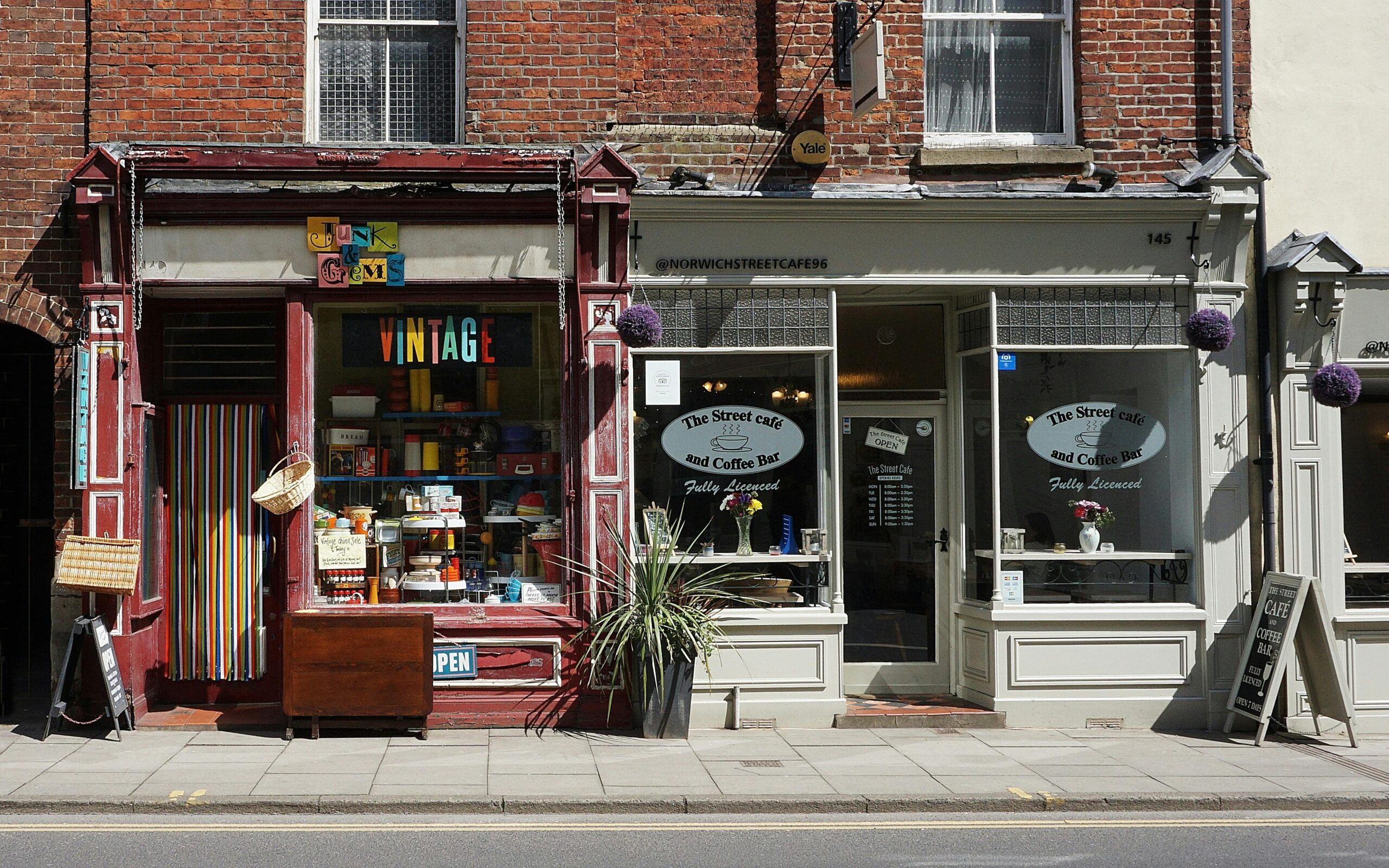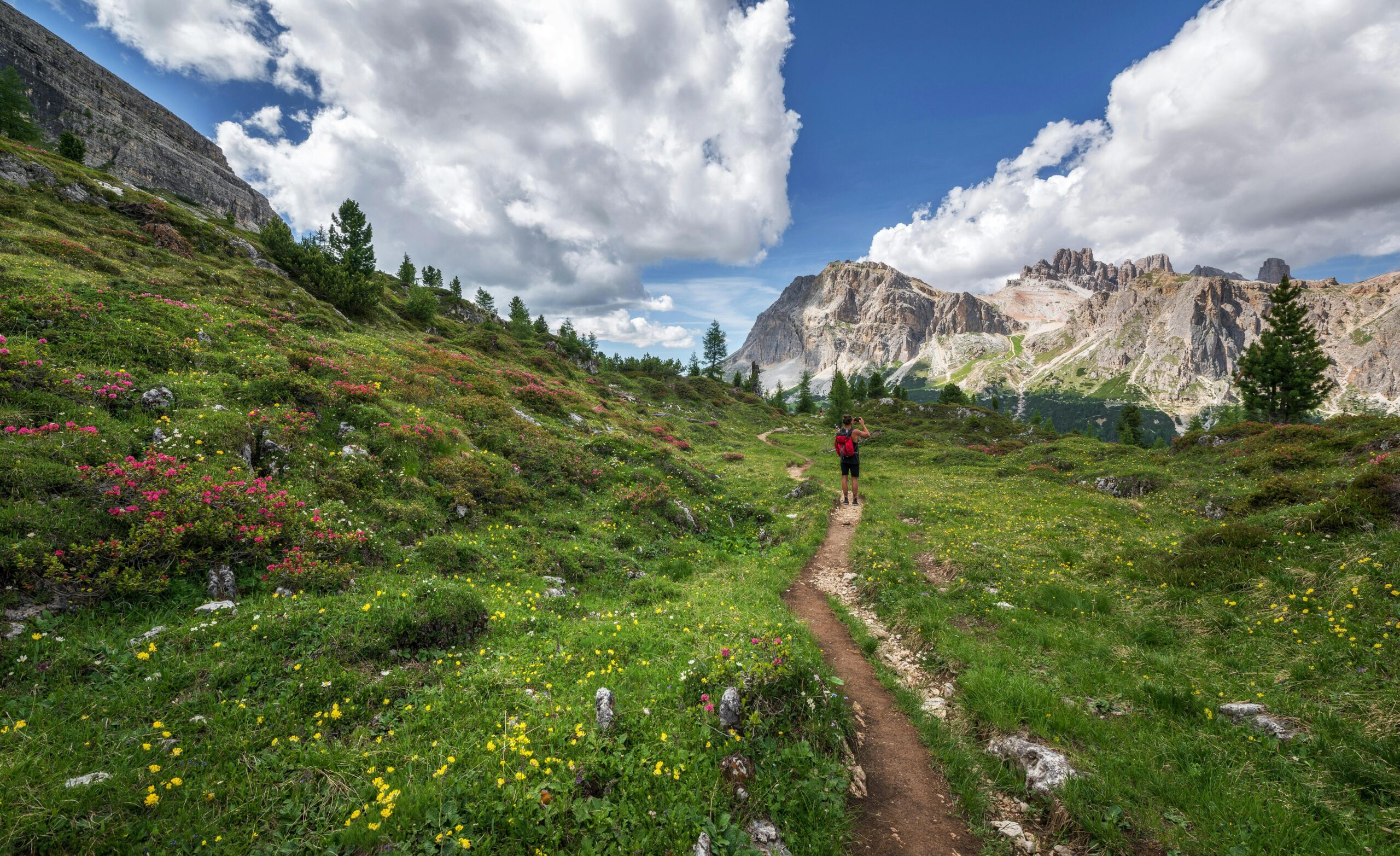
Real Sustainable Travel Tips That Actually Work: High-Impact Moves for Low-Impact Travel
Let’s Be Honest About Sustainable Travel
Sustainable travel is having a moment—and frankly, it’s about time. But between all the bamboo toothbrushes and canvas totes, it’s easy to forget that real change doesn’t come from swapping your plastic straw for a metal one. If you’re serious about making travel more eco-friendly, it’s time to look beyond the Instagram-friendly tips and get into what actually moves the needle.
This post cuts through the fluff and gets to the good stuff: sustainable travel tips that actually work. We’re talking about the big-impact decisions—how you get there, where you stay, how your money flows, and what to do when you can’t avoid your carbon footprint. Because real sustainability isn’t about being perfect. It’s about being intentional.
Let’s dive in.

Rethink How You Get There: Transportation Choices Matter
If you want to talk impact, start with how you get from point A to paradise. Air travel is one of the biggest contributors to your personal travel footprint—by far. A single long-haul flight can undo months of eco-friendly living faster than you can say “recycled luggage.”
But let’s be real: not everyone can take the scenic train across continents. So if flying is non-negotiable, make it smarter:
- Choose nonstop flights whenever possible. Fewer takeoffs and landings = lower emissions.
- Compare carbon output before booking. Tools like Google Flights show estimated CO₂ emissions to help you pick the lower-impact option.
- Trains > planes for regional travel—especially in Europe, Japan, and some U.S. corridors.
- Skip the private jet flex. Unless you want to burn a ridiculous amount of fuel and karma points.
What About Cars?
Once you land (or if you’re road-tripping), ground transport still matters:
- Opt for public transportation whenever you can—metros, buses, trams, tuk-tuks, you name it.
- Carpool or rent electric/hybrid vehicles—especially in countries with clean energy grids.
- Skip the oversized SUV rental unless you’re off-roading in Iceland.
- Use bike shares or walk if the city is pedestrian-friendly. Bonus: You’ll actually see more of it.
Even small decisions—like hopping on the local bus instead of calling a rideshare—add up when you travel often. And hey, fewer Uber receipts never hurt.

Choose Accommodations That Actually Walk the Walk
“Eco-friendly hotel” is the new “all-natural” of the travel world—vague, trendy, and often meaningless. Slapping a bamboo towel in the bathroom and calling it green doesn’t cut it anymore. If you’re serious about sustainable travel, dig deeper.
Here’s what actually makes a difference:
Look for legit certifications.
Real eco-lodges and green hotels go through third-party assessments. Keep an eye out for:B Corp status for values-driven businesses
Skip the vague “eco-friendly” label if there’s no backup. If they’re really sustainable, they’ll tell you exactly how—energy use, water conservation, waste practices, and community support.
Choose locally owned properties.
Big hotel chains often funnel profits out of the community. Staying at a family-run inn, guesthouse, or locally operated boutique hotel keeps your money in the destination—and usually offers a more authentic experience.Use smarter booking platforms.
While some sites have come and gone (RIP BookDifferent), there are still great tools that prioritize sustainability:EcoHotels.com – features only eco-certified hotels and plants a tree with every booking
Kind Traveler – supports local charities in your destination
Regenerative Travel – focuses on properties doing good for people and planet
Fairbnb.coop – a cooperative alternative to Airbnb that funds community projects
💬 Real Talk: The 1 Hotel in Miami
I stayed at the 1 Hotel in Miami and was blown away by the luxe vibes. Think leafy greenery, natural textures, filtered water tap in my room, and a rooftop that felt like a wellness magazine came to life. It wasn’t just “sustainable”—it was stunning. Proof that eco-conscious doesn’t mean sacrificing comfort (or style). They’re B Corp certified, LEED built, and genuinely committed to doing things better.
Bottom line: You don’t need to sleep in a yurt with composting toilets to be eco-conscious. Just choose places that put real effort into reducing their footprint—and supporting the place you’re visiting.

Offset Your Carbon Footprint (But Don’t Let That Be the Only Thing You Do)
Let’s clear something up: buying carbon offsets doesn’t give you a free pass to fly around the world guilt-free. It’s not a get-out-of-emissions card. But when used correctly, offsets can be a helpful way to balance out the parts of travel you can’t avoid—like that long-haul flight to Tokyo.
Here’s how to make them actually useful:
- First, reduce what you can.
Walk more, fly less, stay longer in each place. Offsets come after you’ve done your part. - Then choose credible offset providers.
Not all carbon offset programs are created equal. Look for projects that are:- Verified by third parties like Gold Standard or Verified Carbon Standard (Verra)
- Transparent about where your money goes
- Focused on long-term impact—think renewable energy, forest restoration, and clean cooking tech
- Avoid vague offset bundles that don’t explain what your dollars actually support. “Planting trees somewhere” sounds great, but it’s not always effective if the trees don’t survive or the land gets deforested later.
- Try these reputable platforms:
- Cool Effect – offers clear breakdowns of projects and pricing
- MyClimate – especially helpful for calculating exact emissions
- Sustainable Travel International – travel-focused carbon offsetting

Spend Like a Local, Not a Tourist
If you really want your travel dollars to mean something, think beyond souvenir shops and global chains. Supporting the local economy is one of the most impactful things you can do—not just for sustainability, but for equity, preservation, and cultural respect.
Here’s how to make your money count:
- Stay at locally owned accommodations instead of massive international hotel chains
- Eat at small restaurants, food stalls, and markets—your dollars go directly to families, not franchises
- Book local guides and community-led experiences through platforms like Airbnb Experiences or Local Purse
- Buy handcrafted goods, not mass-produced knick-knacks—look for artisan cooperatives or markets
It’s about creating a two-way exchange: you get an authentic, memorable experience, and the community gets genuine support. Plus, the food is almost always better when it doesn’t come with a laminated tourist menu.
A Few Promising Ideas:
- Look for community-based tourism programs (especially in rural or Indigenous areas)
- Ask your host or guide: “Where do you go to eat/shop/hang out?” Then actually go there
- Avoid tours or experiences that feel extractive—think about who’s benefiting

Skip the “Zero Waste” Guilt Trip (Unless You’re Living Out of a Mason Jar)
Let’s get one thing straight: you don’t need to fit a year’s worth of travel trash into a tiny jar to be sustainable. The zero-waste lifestyle looks great on Instagram, but in real life—especially on the road—it’s not always practical. And that’s okay.
Instead of chasing perfection, aim for progress with impact.
What Actually Helps:
- Pack a reusable water bottle and tote bag. Yes, it’s basic—but it works.
- Skip single-use hotel plastics (bring your own toiletries or use solid bars for shampoo/soap)
- Say no to unnecessary packaging at markets and convenience stores
- Avoid fast fashion while traveling. Rewearing outfits is not a crime—it’s sustainable.
And if your silicone straw accidentally gets left behind in a hostel in Barcelona? You’re still doing fine.
Keep Perspective:
- A plastic cup isn’t the end of the world.
- Obsessing over perfection can lead to burnout or shame.
- The most sustainable traveler isn’t the one who produces zero waste—it’s the one who makes intentional choices and keeps showing up.
Bring the reusables, but ditch the pressure. Focus on what you can do, not what you didn’t do perfectly.

Take the Time to Learn the Local Context
Eco-friendly doesn’t look the same everywhere—and that’s the point. What works in Copenhagen might be totally out of place in Cambodia. One of the most respectful (and impactful) things you can do is understand the sustainability efforts already happening at your destination—and support those.
Tips for Being a Thoughtful, Low-Impact Guest:
- Learn local norms. In some places, refusing a plastic bag might be rude or confusing. In others, it’s expected.
- Support local environmental groups or causes. Some communities are leading the charge—support them with your dollars, time, or attention.
- Don’t impose your version of “green.” You’re a guest—observe, learn, and participate respectfully.
- Respect nature. Stick to trails, don’t touch wildlife, and for the love of travel karma—don’t carve your name into anything ancient.
This is where sustainability and cultural respect intersect. And if you want to call yourself an eco-conscious traveler, you’ve got to care about both.
The planet doesn’t need more tourists pretending to be saviors. It needs more listeners, learners, and low-impact explorers.

Sustainability That Actually Sticks
You don’t need to overhaul your entire travel style overnight. Start small. Make a few higher-impact choices. Then build from there. The truth is, sustainable travel isn’t about being perfect—it’s about being better.
So the next time you’re planning a trip, ask yourself:
- Can I take fewer flights?
- Can I stay somewhere that gives back?
- Can I eat, shop, and spend in a way that benefits the community?
- Can I reduce my footprint without losing my mind?
If the answer is yes to even one of those—you’re already on the right path.
Want to Go Further?
Here are a few great resources to check out:
- BookDifferent – eco-certified hotels + emissions tracking
- Cool Effect – transparent carbon offset programs
- Local Purse – shop from local artisans while traveling or remotely
- Sustainable Travel International – helpful guides, calculators, and tips



